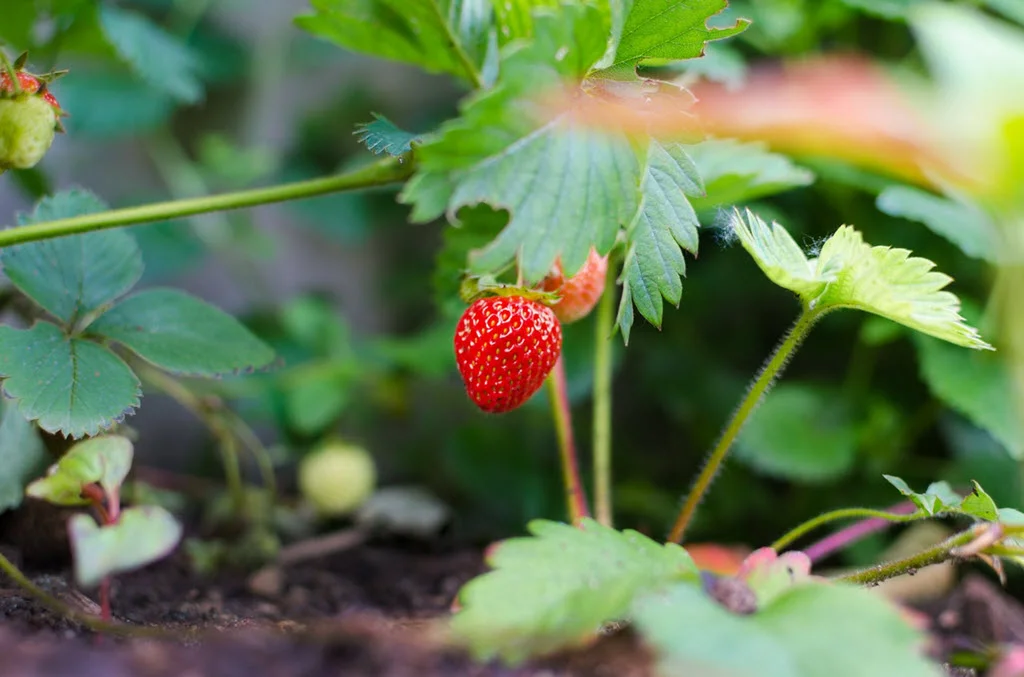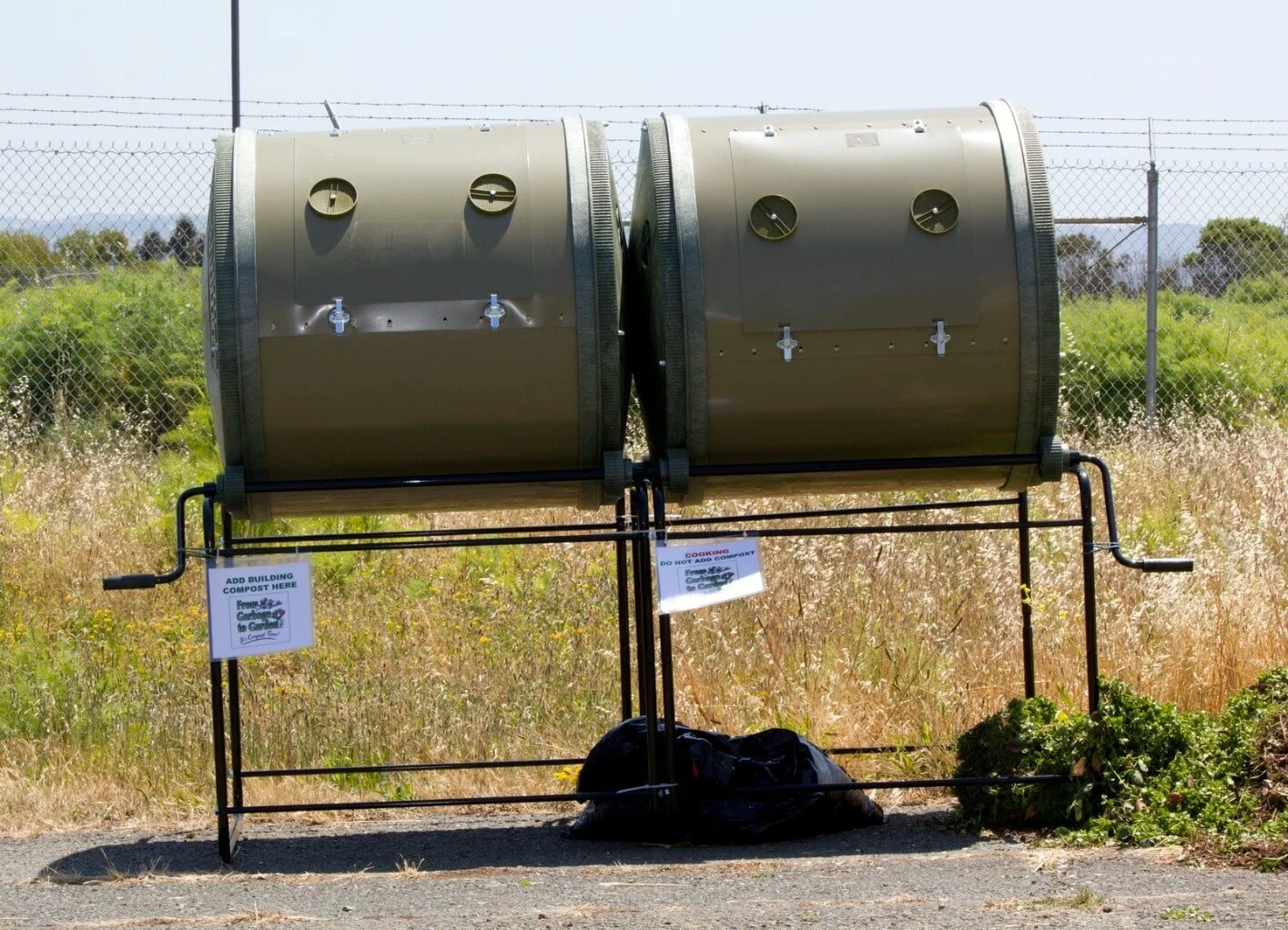Table of Contents
Wondering what to plant with strawberries?
Companion planting has been around for decades, and it's even used in larger scale farming operations to maximize the harvest a farmer gets from their crops. Knowing what plants go well with your own plants is a great trick to improving your yield.
By nature, strawberries tend to be invasive. They're prolific, and if you leave them alone, their runners will form very matted, thick rows that make it difficult for other neighboring plants to survive. In deciding what to plant with strawberries, here are the best options for you and the reasons why.
Companion Flowers
Lupin
Lupin is a gorgeous flower that goes together beautifully with your strawberries. They help to fertilize the soil by adding nitrogen, and their scent acts as a repellent for bugs and pests that may damage your strawberry plants. Plant your lupin every two to three feet around your strawberries.
Marigolds
Not only are marigolds a very hardy and showy flower, they're an excellent companion. They have a distinctive scent that many of the strawberry's natural predators dislike, so if you plant them around your strawberry rows, it'll help keep the pests away.
Via donnaberlanda
Companion Herbs
Borage
Borage is a herb that makes an excellent companion plant for strawberries. You simply plant a Borage plant every four feet in the center of your matted rows. Borage also acts as a very strong pollinator attractor, and these smaller pollinators bring larger predatory bugs that help defend the strawberry patch against common pests.
Via bluetonguegarden
Caraway
The herb caraway is another companion plant that does very well with strawberries. It helps to protect the strawberry plants from many of their common pests because it is a natural attractant for predatory insects like parasitic flies and wasps. You can plant this herb every four feet along your matted strawberry rows.
Catnip
Catnip is a compact plant that releases an odor that works to repel aphids and cabbage loopers. These predators can quickly destroy entire sections of your strawberry patch, and you may not know that they're there until it's too late. Plant your catnip every five or six feet along your strawberry rows.
Dill
Dill can also help to protect your strawberry patch because it acts as a natural repellent for slugs. If they're left alone, slugs can decimate a strawberry patch very quickly. Plant your dill by your matted strawberry rows every five to six feet for the maximum benefit.
Companion Vegetables
Bush Beans
Bush beans get along very well with strawberry plants. They provide support for the strawberries by bringing bacteria that naturally balance the soil's nitrogen levels to promote healthy strawberry growth. They also works to repel beetles that would eat the strawberry plants. You can plant bush beans every 12 to 15 inches inside the matted rows.
Onions
Not only are onions a hardy plant, but they're very easy to grow, and won't take over your strawberry patch. Aside from improving the nitrogen levels in your soil, onions have a strong smell that repels pests and insects, and in turn, this protects the strawberries.
Via rgbstock
Spinach
Spinach is another hardy strawberry companion plant, and it benefits your strawberry patches because it contains saponins. Saponins are natural compounds that repel bugs and pests that may eat your strawberry plants. Plant your spinach plants every two to three feet around the bottom portion of your strawberry plants.
Squash
If you want ground cover to help protect your strawberries, try planting squash. As these vines grow outwards, they won't be competing with your strawberries, and they'll provide cover to hide your strawberries from pests. You can plant your squash every seven or eight feet along your strawberry rows.
Final Thoughts
When you're growing strawberries, you really want to consider planting companion plants throughout your strawberry patch. If you choose the correct plants, they can benefit each other, and you should notice increased production from both your strawberry plants AND from your companion plants.
More Gardening Tips















